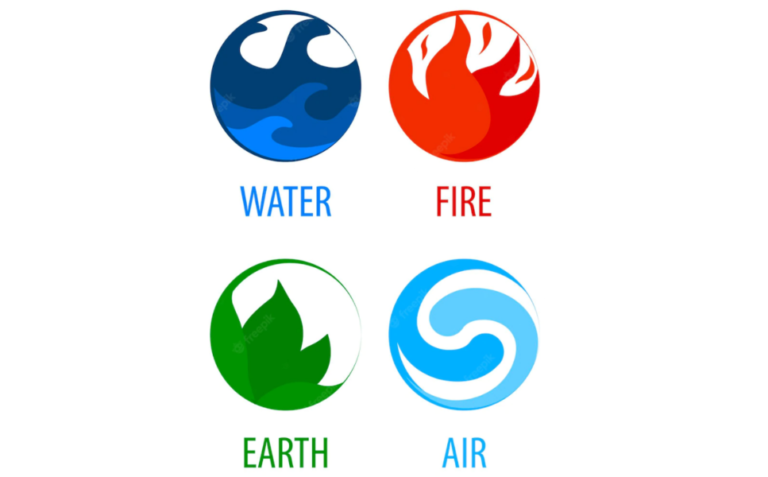The Need for Accurate Thinking

How do we know that anything we think we know is correct? Ask that question to one of your friends you will probably receive a very confused look. But, seriously, stop right now and think about it. How do we really know?
Above all, keep in mind that the perceptions that we have of our world come about through sensory input, i.e. seeing, hearing, touching, tasting and smelling. And since sensory input is capable of only detecting a small fraction of reality, our perception of that reality must by definition be only a fraction of reality, i.e. an approximation of that reality. And approximations are never totally accurate. Approximations will always introduce distortions, shrinkages or modifications into the fabric of what we tend to call objective reality. So-called objective reality is really subjective reality. There is no way around this. Pure objective reality, from our human perspective, is either unattainable or nonexistent. Take your choice.
Since sensory experience is partial, it is not an objective way to arrive at truth. It is vital, of course, but it is only an approximation, and we need to be careful that it doesn’t completely mislead us. What we think to be a completely logical way of thinking may turn out to be a completely incorrect way of thinking. Scientists (especially physicists beginning in the early 1900s), probably more than any other group of professionals have had to face these uncomfortable facts over and over again. The universe simply is. It doesn’t owe us anything, and it doesn’t need to conform to our preconceived biases of what ought to be or how things should work. The truth is the other way around. We need to conform to it. To do this or even to attempt to do this requires tremendous discipline, self-control, emotional maturity and intellectual honesty.
One major source of confusion is when we create reality out of our models, i.e. our words. For example, we distinguish between energy and matter, space and time, observer and observed, structure and function, intellect and emotion, organism and environment, etc. But these dichotomies limit us. Reality is not neatly divided into an infinite series of either this or that. Scientific advances over the past century have unequivocally demonstrated over and over again that it is not so simple to delineate a “border” between energy and matter or between space and time or between observers and observed, etc. At best, we can attain a reasonable approximation of reality. We may search for empirical truth, but we may not lay claim to it. We may proceed toward it, yet it will always remain out of reach.
Keep in mind that the models we create about the world are not the reality, i.e. the map is not the territory. Maps are models of the reality, and as such, should always be refined as we gain more information. Better put, the models we create are not models of the world but rather models of ourselves as we interact with the world.
Since knowledge is not the object or sensory perception, what is it? The best way to approach this problem is to view knowledge as structure-function relationships, i.e. a multifaceted integration of multiple entities. Without these relationships there is no knowledge, and the building of these relationships is the process of obtaining knowledge. Nevertheless, we should view even these relationships as tentative, always prepared to revise or improve their structures.
This is important because scientific laws, properly formulated, never actually explain anything. Read that statement again. It’s true. Scientific laws simply state, in an abbreviated or generalize form, what happens. No scientist or philosopher knows anything about why things happen. We merely try to describe patterns of events or observations. That is what we call “nature.” Why does an apple fall to the ground when we let go of it? We have no idea. We may describe the mechanics of the motion the apple undergoes when it falls, but we have no idea why it falls.
How can we be sure that the structures we build to organize observations are correct? We can’t be sure. We fool ourselves when we equate precision with accuracy. We really never know for sure if a high degree of precision, i.e. multiple observations that are very similar to each other, comes from accuracy or from consistent errors in our observations. This being the case, what are we supposed to do? We should train ourselves to think along these lines: “I may have a fair degree of confidence in a particular description of the world or series of events, but I should not confuse my confidence in this description with accuracy of the description, and certainly not with an accuracy which I could declare universally valid. I should proceed cautiously and continue to learn.”
In 1940, Albert Einstein wrote, “Science is the attempt to make the chaotic diversity of our sense-experience correspond to a logically uniform system of thought.” In other words, descriptions and theories help the world community to order and understand our world of sensory experiences by helping us find our way through its maze of observations. And so, we need to strive to identify structure-function relationships, build better models, and then update our language so that it more accurately reflects what we have learned.
And that takes time and effort. So let’s get to work, individually and collectively.






